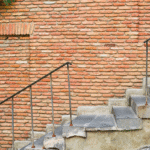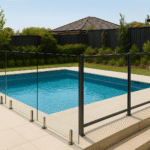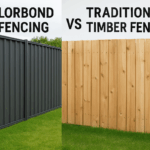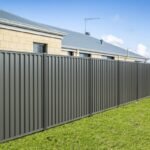A Complete Guide to Retaining Wall Installation for Your Landscape
Let’s be honest—most people don’t really think about retaining walls until they actually need one. Maybe there’s a slope in your yard that keeps washing away after rain, or maybe you’re just tired of uneven ground making the space look messy. Either way, retaining walls can fix that problem and, surprisingly, make your outdoor space look way better than before.
A retaining wall isn’t just a boring construction feature. When done right, it becomes part of the whole landscape—something that gives your yard shape, purpose, and honestly, a more premium look.
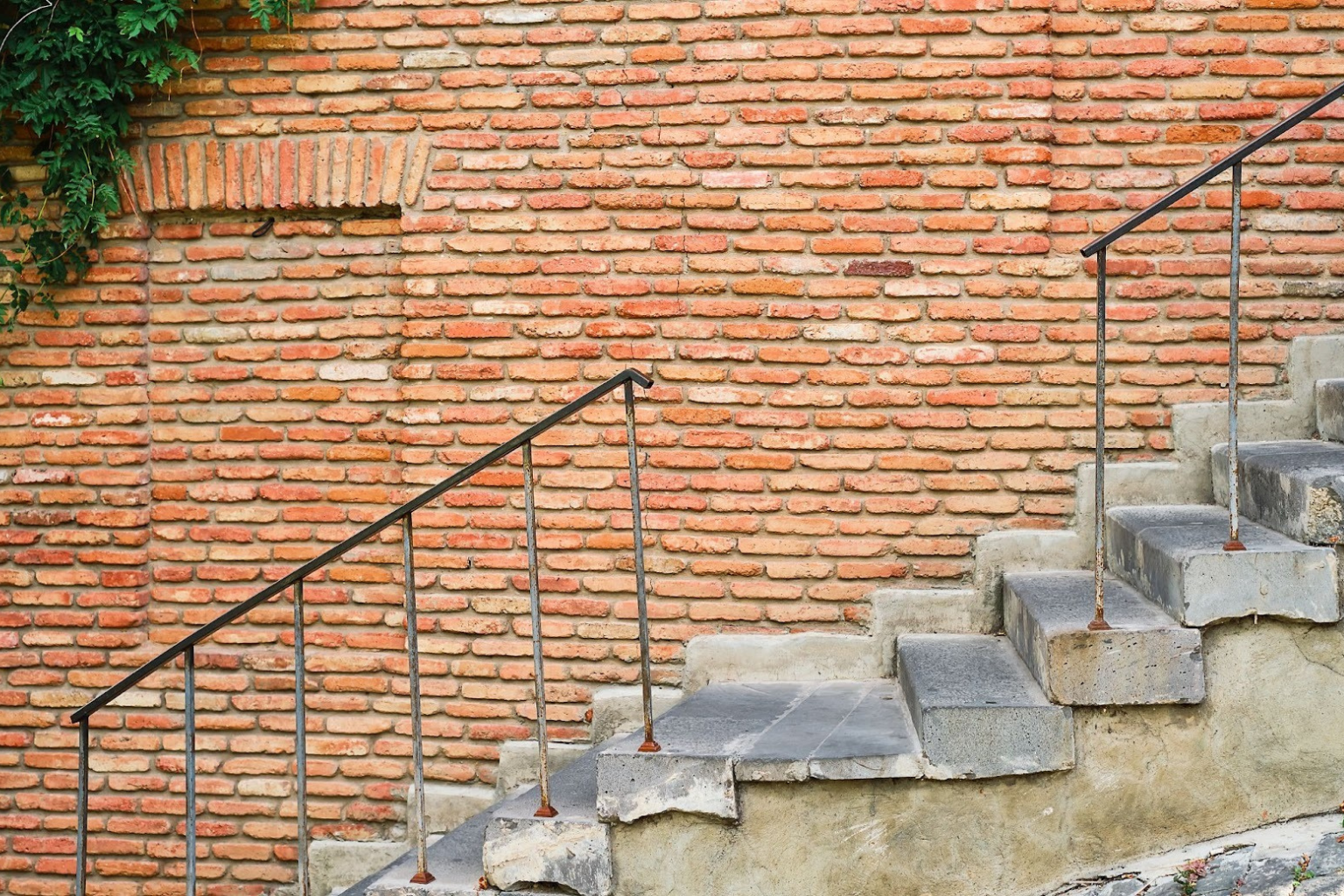
What Is a Retaining Wall?
In the simplest way to explain it: it’s a barrier that holds soil in place. One side usually has pressure from the soil, while the other side stays open. If you’ve ever seen a perfectly flat garden built on a slope—that’s usually thanks to a retaining wall doing its job quietly in the background.
Types of Retaining Walls
There isn’t just one kind. The right one depends on the size of the project and the soil conditions. Here are the main ones:
- Gravity Wall: A heavy-duty wall that relies mostly on weight.
- Cantilever Wall: Reinforced concrete with a design that helps distribute pressure.
- Sheet Piling Wall: Thin panels driven deeply into the ground. Works best when space is limited.
- Anchored Wall: Basically any wall that gets additional support using cables or anchors.
- Segmental Block Wall: Very popular nowadays because it’s strong and looks modern.
Material Options (This Affects the Look the Most)
This is where style comes in. The material you choose affects how long the wall will last and how it fits into the overall design. This is where style comes in. The material you choose affects how long the wall will last and how it fits into the overall design.
- Concrete Blocks: Strong, durable, and available in a bunch of designs.
- Natural Stone: If you want that classic, timeless look—stone never disappoints.
- Brick: Neat, clean, and matches homes with traditional architecture.
- Timber: Works well for smaller walls and natural garden designs, although it may not last as long as stone or concrete.
How the Installation Works
Here’s a simple breakdown (not the overly technical version):
- Plan It
Measure everything, check the slope, and decide where the wall will go. - Dig the Base
A trench is dug deep enough to hold the first layer and foundation material. - Add the Base Material
Gravel or crushed stone is added and compacted firmly. - Lay the First Row
This is the most important part. If the first layer is crooked, everything above it will be too. - Build the Wall Up
Layer by layer, staggering blocks so they lock together.. - Backfill
As the wall goes up, gravel and soil get added behind it to help drainage and support. - Finish and Clean Up
Caps, edging, plants, lighting—this part makes it look finished.
Maintenance (Not Much, but Worth Doing)
A retaining wall Installation doesn’t need constant attention, but a quick check every once in a while is smart:
- Look for movement or cracking.
- Make sure water can still drain out properly.
- Remove dirt or plants growing in unwanted gaps.
Final Thoughts
A Panel and Post retaining wall is one of those upgrades you appreciate more after it’s installed. It’s practical, it solves a real problem, and it makes the outdoor area look much more organised. Whether it’s for preventing soil erosion or creating seating ledges or flower beds, a well-built retaining wall can completely change how useful and enjoyable your outdoor space feels.

